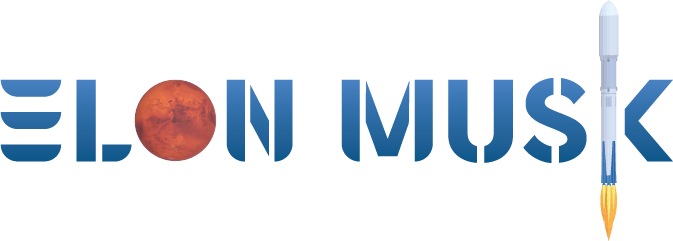
These EVs Can Now Power Up at 17,800 Tesla Superchargers
- by PC Magazine
- Oct 29, 2024
- 0 Comments
- 0 Likes Flag 0 Of 5

(Credit: Tesla)
In a major win for EV drivers, Tesla is opening up its Supercharger network to all non-Tesla EVs. So far, just four brands can power up at select stations: Ford, Rivian, General Motors (GM), and Polestar. Up next are Nissan, Volvo, and Mercedes, according to the Tesla website. The rest of the major automakers will follow by early 2025.
Keep in mind that this does not cover the entire Supercharger network. Tesla has restricted access to some stations, particularly in dense regions and stations that lack the software or hardware to support other brands. Also, Tesla has said it may inflate charging fees for other brands, though you can get the same rates as Tesla drivers if you sign up for a $12.99/month Supercharger membership.
Still, drivers have access to around 17,800 V3 Superchargers, the best and most powerful type of charger in the network. Drivers must use an adapter, which costs $225 for GM drivers and $230 for Ford and Polestar. They're currently free for Rivian drivers. Starting in 2025, all brands will build the Tesla-backed NACS port directly into their vehicles, removing the need for an adapter and effectively creating a new industry standard.
Ford adapter to convert charge port from CCS to NACS (Credit: Emily Forlini)
Tesla's Battle for NACS Dominance
Tesla has been working to make its in-house connector the national standard since November 2022, when it published the manufacturing specs for the port, dubbed it the North American Charging Standard (NACS), and invited other automakers to adopt it.
Tesla argued its in-house connector is smaller, easier to handle, and more reliable than the port all non-Tesla EVs are currently built with, the Combined Charging System (CCS). Plus, Superchargers make up around a third of the 60,000 public fast chargers in the US, according to the US Department of Energy.
NACS ports are smaller than CCS. (Credit: Tesla)
No brands immediately jumped at the opportunity to switch to NACS. At CES 2023, Mercedes told PCMag it would "never" adopt NACS, but after Ford took the plunge, Mercedes and all other automakers followed suit to give their drivers more charging options on the road.
The Society of Automotive Engineers is working on certifying Tesla's NACS port as the national standard under the new name of SAE J3400. Other charging companies—like Blink, ChargePoint, and Electrify America—plan to offer CCS and NACS plug-ins on new stations.
Not So Fast: Adapter Backlogs, Blocking Cars
The move is a major win for Tesla as well as consumers who won't need to keep track of charge port types anymore, but there are still lots of unanswered questions about what this Supercharger-filled future of EV driving looks like.
One of the biggest issues so far has been the limited supply of adapters, which has caused months-long delays for Ford and Rivian drivers. When GM announced its Supercharger access, it underscored its multiple suppliers. That could reduce delivery times, but it remains to be seen. Polestar says customers who order an adapter can expect it by mid-November or just two weeks from its announcement, so perhaps supply is going up.
It's also unclear how much Supercharger access will move the needle on EV adoption. Up to 90% of charging occurs at home, and Superchargers are public. Apartment dwellers and others who cannot charge at home may benefit the most by having more reliable places to power up.
(Credit: Emily Forlini)
Tesla may also need to update older stations to accommodate other brands. For example, the cables that run from the Supercharger to the car are too short to reach the ports on non-Teslas. So, non-Tesla drivers may have to play with the positioning of their vehicles in order to reach the Supercharger cord, blocking other charging spots.
Attaching the adapter to the tip of the Tesla Supercharger cord. (Credit: Emily Forlini)
Software is also an issue. Many stations "are running different software that is not based on CCS communications, so newer EVs with CCS cannot use them," says Matt Teske, CEO of Chargeway, who also notes that some stations have land agreements that require signoff from the owner to make changes to the lease agreement. "Too much red tape," he says.
Recommended by Our Editors
Please first to comment
Related Post
Stay Connected
Tweets by elonmuskTo get the latest tweets please make sure you are logged in on X on this browser.
Sponsored
Popular Post
Middle-Aged Dentist Bought a Tesla Cybertruck, Now He Gets All the Attention He Wanted
32 ViewsNov 23 ,2024
Tesla: Buy This Dip, Energy Growth And Margin Recovery Are Vastly Underappreciated
28 ViewsJul 29 ,2024






 Energy
Energy


















